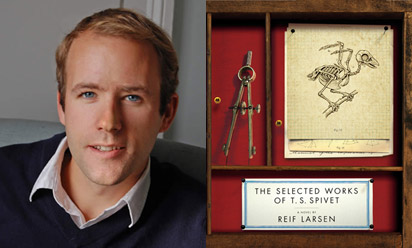

As Marie-Laure Ryan argues, “all narratives imply a world with spatial extension, even when spatial information is withheld” ( 2009: 420) and the analysis of space may function as a path towards analysing other, non-spatial categories of the text. Space is one of the principal categories of human experience and cognition and as such offers a particularly suitable paradigm to analyse literary texts as world-building narratives. While the claim about the epochal shift in paradigm from time to space, usually buoyed by Michel Foucault’s essay “Of Other Spaces,” might be said to overstate the breakthrough character of the recent spatialisation of the humanities, particularly if one goes beyond the Western-centric perspective, the increasing number of space-oriented publications clearly testifies to a greater interest in and appreciation of spatially oriented studies. Recent decades have witnessed a growing interest in the spatial aspect of literary studies. Urszula Terentowicz-Fotyga Literary Spatialities: Method, Genre, Topos What Lies Behind? The Topos of the Underground in Neil Gaiman’s Neverwhere, Jeanne DuPrau’s The City of Ember and Dmitry Glukhovsky’s Metro 2033ĥ Realms beneath as fictional alternatives to the postmodern city The Swimming Pool as a Modern Embodiment of the Ancient Topos of Water Huberathģ Death as a journey away from home and from open to enclosed spaceĥ The up/down and openness/confinement oppositions: continuing the journey beyond the graveĦ “The Causeway” and “Balm”: paths to heaven and hell The Space of Death in Selected Short Stories by Marek S. Weaving the House of Fiction: Spatial Poetics in Shirley Jackson’s The Lovely House Mimetic Place and Metamorphic Space: The Conventions of Romance in Lawrence Norfolk’s Lemprière’s Dictionaryġ Place, space, and the historical romance Principles of Space Organisation in Agatha Christie’s Sleeping MurderĢ Spatial multiplication and adjacency modification Spaces of History in the Dystopian Worlds of Walter Besant’s The Revolt of Man and The Inner House

Ontological Rupture in Caryl Churchill’s TrapsĪ Plunge into Space: Spatial Variations in 19th-Century British Utopias The Irish Stage: Space and Communication in Printed Drama Speculative Cartographies and Contemporary Poetryĥ Maps of the body and maps of subjectivityĦ Conclusion: Post-representational literary cartographies Intertextual Reorganisation of Space in Zadie Smith’s On Beauty The World Diagrammatised: Multimodal Narration in The Curious Incident of the Dog in the Night-time by Mark Haddon and The Selected Works of T.S. Narrative Spaces in Charles Williams’s The Greater Trumps

Spaces of Metatheoretical Interpretation: A Rapprochement between Linguistic and Literary Approaches in Text Studies? Literary Spatialities: Method, Genre, Topos.


 0 kommentar(er)
0 kommentar(er)
